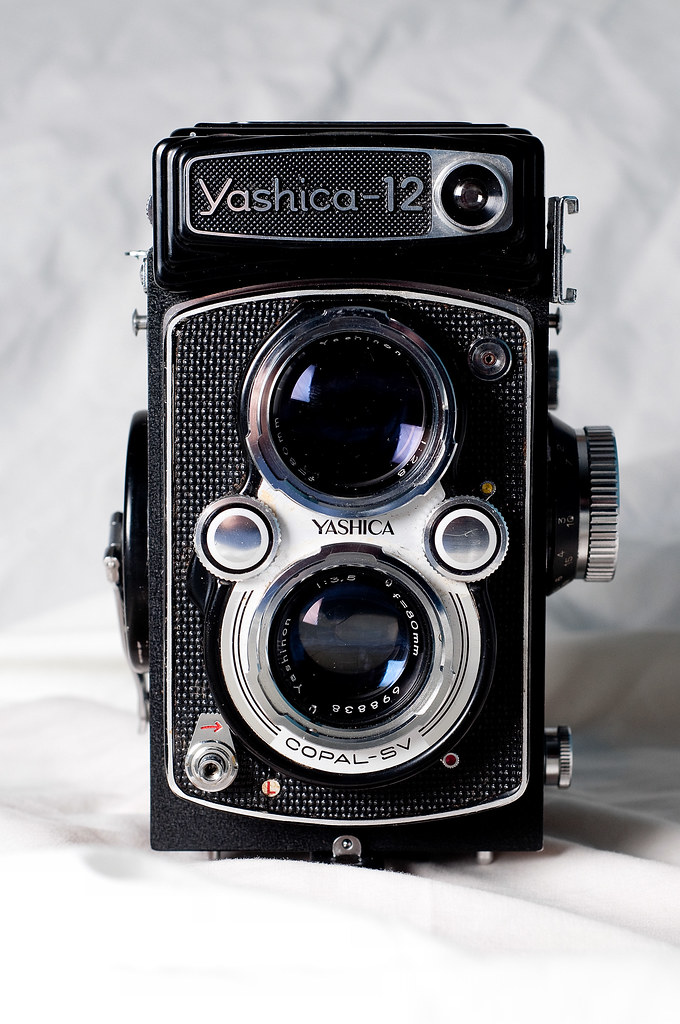When it comes to the world of TLRs, I was hooked from the first time I picked one up; in my case, the LOMO Lubitel 2. But the Lubitel was primitive even for the age when it was produced as a simple camera aimed at budding photographers. And while there is a certain character to the images produced by that T-43 lens, I had hit the gear acquisition hard after listening to the Film Photograph Podcast. Thankfully in those days, the cost of cameras had not yet risen, and you could get excellent deals on almost anything. At a local camera show put on by the Photographic Historical Society, I happened across a vendor selling a mixture of TLRs and found the Yashica-12 at the right price. I cannot recall how much I paid for the camera, but he had nothing but praise for the Yashica. He even went so far as to say he used one as a backup to his Rolleiflex. While the Yashica-12 ended up being a short-lived part of my camera collection, overshadowed by the Rolleiflex 2.8F it certainly solidified my love of not only square format but TLRs as a whole.
Camera Specifications
Make: Yashica
Model: Yashica-12
Type: Twin Lens Reflex
Format: Medium Format (120), 6×6
Lens: Fixed, Yashinon 80mm f:3.5
Shutter: Copal-SV Leaf Shutter, 1″ – 1/500″ + Bulb
Meter: Single CdS Cell, ASA-25 – ASA-400
Year of Manufacture: 1967-1970
Background
Founded in 1949, the Yashima Seiki Co of Nagano, Japan, an initial investment of 600$. Founded as a manufacturing firm, Yashima Seiki produced mechanical components for use in clocks and cameras. Small manufacturing firms, alongside larger firms, were a part of the American efforts to rebuild the shattered post-war economy, much like what was happening in Europe. The production line shifted almost entirely to camera components as clocks took on more electronic parts. Yashima went on to start the design of their camera. Basing the design around pre-war Rolleicord cameras, in 1953, the Pidgeonflex hit the market. The TLR was of a simple design, with a red-window style film advance and a Tri-Lausar lens built by a third party based on the triplet design. The Pidgeonflex proved to be a moderate success, and Yashima Seiki rebranded as Yashima Optical Industry Co in 1954. Similarly, the Pidgeonflex became the Yashimaflex; reasonable updates resulted in the Yashicaflex B (Old Model) that same year. But these first designs lacked any internal meters, so Yashima designed the Yashicaflex S, which included a Sekonic designed selenium exposure meter with the cells hidden behind the nameplate. And more cameras were being produced by Yashima, with the Yashicaflex A, which used a unique auto-stop film advance knob and the earliest example of a Yashima built lens, the Yashimar. A metered version, the Yashicaflex AS and a premium optical version, the Yashicaflex C, with a Yashikor lens. After opening a branch in the United States under Yashica, the entire company rebranded to that name in 1957. That same year, Yashica released updated versions of the Yashicaflex, including the Yashica A, Yashica B (new model), and Yashica C. But these retained much of the earlier TLR technologies, including the winding knob with autostop and the red window for film advance. Yashica’s TLRs can be a bit of a mess, but the Yashica-Mat introduced the familiar crank advance that also cocked the shutter. They also included the Yashica-Mat LM with an uncoupled selenium meter. In 1964 the Yashica-Mat EM hit the market. While the exposure meter remained based around a selenium cell and uncoupled, the meter readout proved easier to read and translate to the exposure settings. The rise in popularity of 220 film saw an improved metered TLR, the Yashica-24, designed to only take 220 films (24-Exposures of 6×6). The Yashica-24 included the standard crank-advance and used a mercury-based battery to power a coupled meter using a CdS cell. Photographers used a small switch to turn the meter on and off. In 1967 they returned to the traditional 120 film with the release of the Yashica-12. Like the Yashica-24, the Yashica-12 featured a battery-powered CdS coupled meter and the same Yashinon optics (a Tessar design). Still, the power-on switch is integrated into the viewfinder, so the meter receives power as soon as the hood is opened. The Yashica-12 only saw production for a year, when both the 12 and 24 were replaced by a single universal TLR, the Yashica 124, in 1968. The Yashica 124 only saw production for two years, being replaced by the iconic Yashica 124G in 1970. Despite the format now long in the tooth, production lasted until 1986.
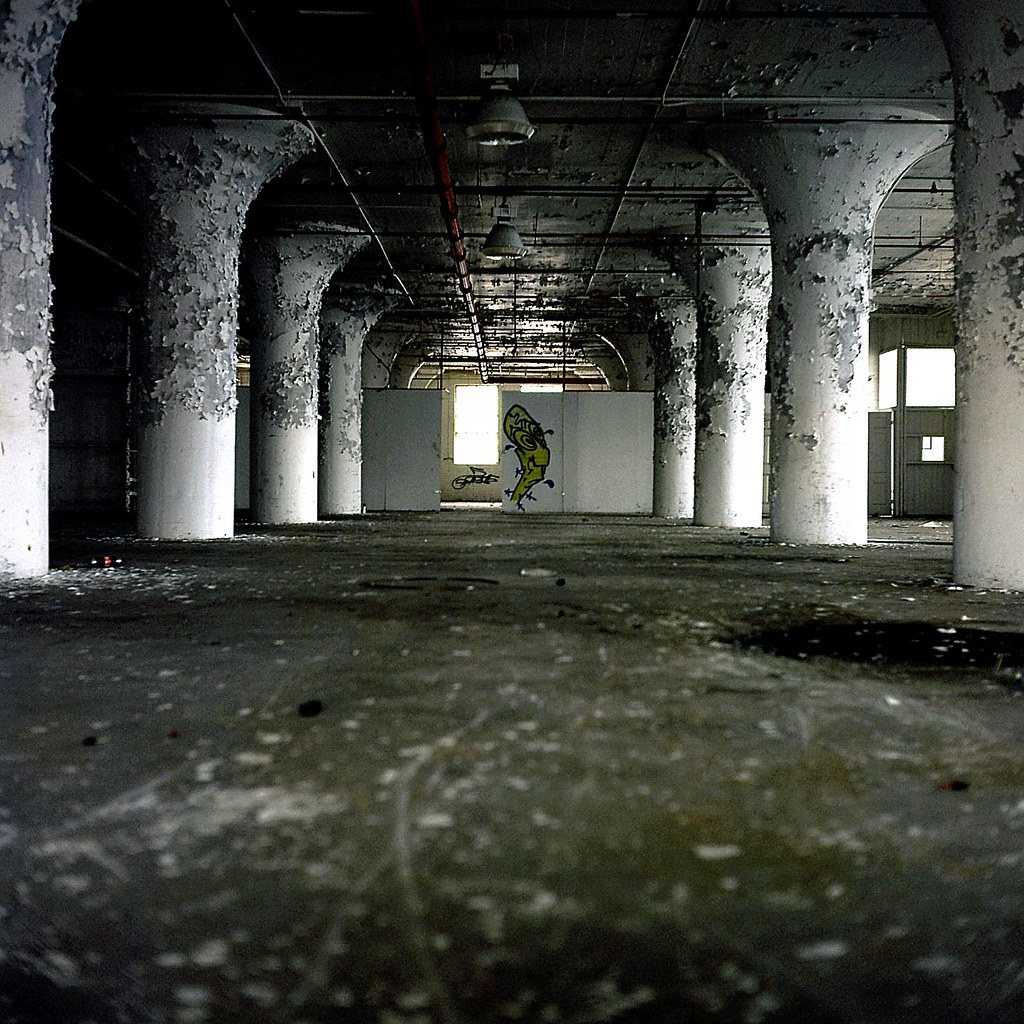

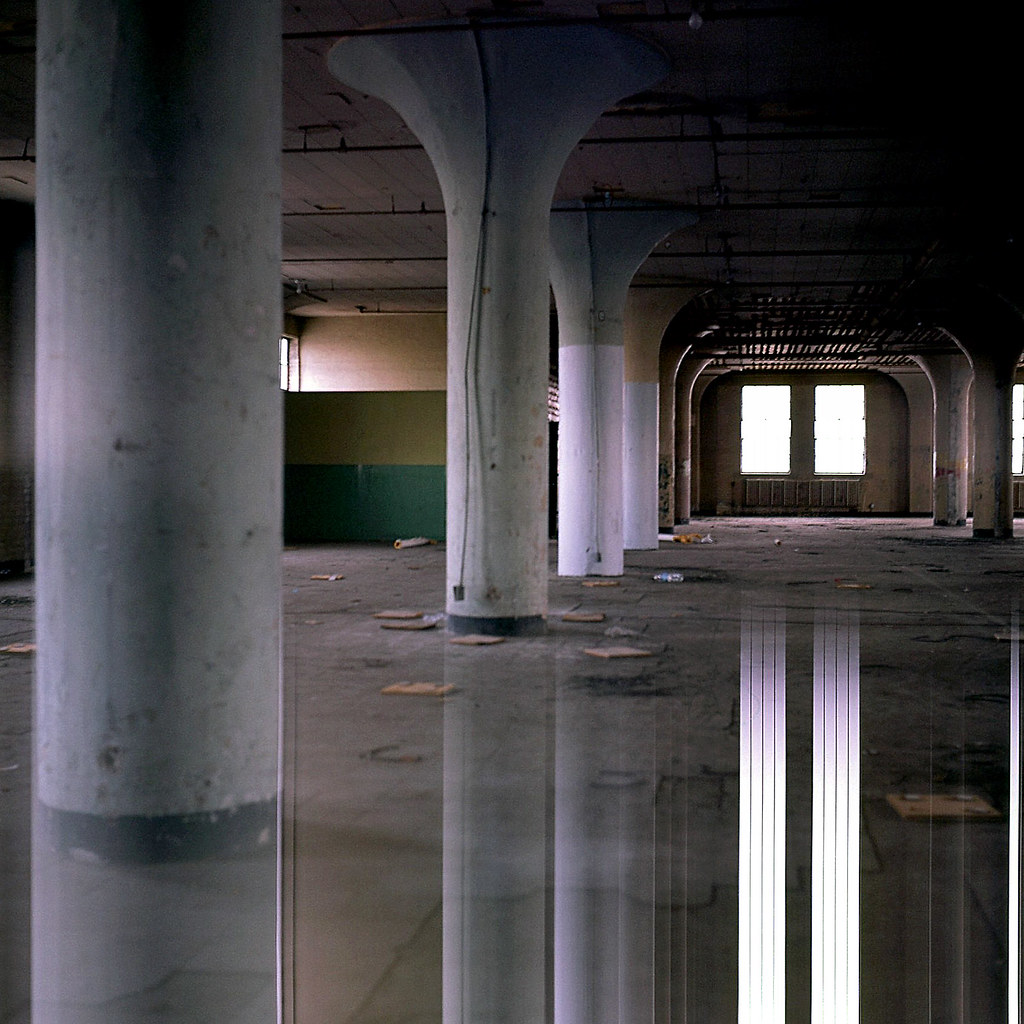
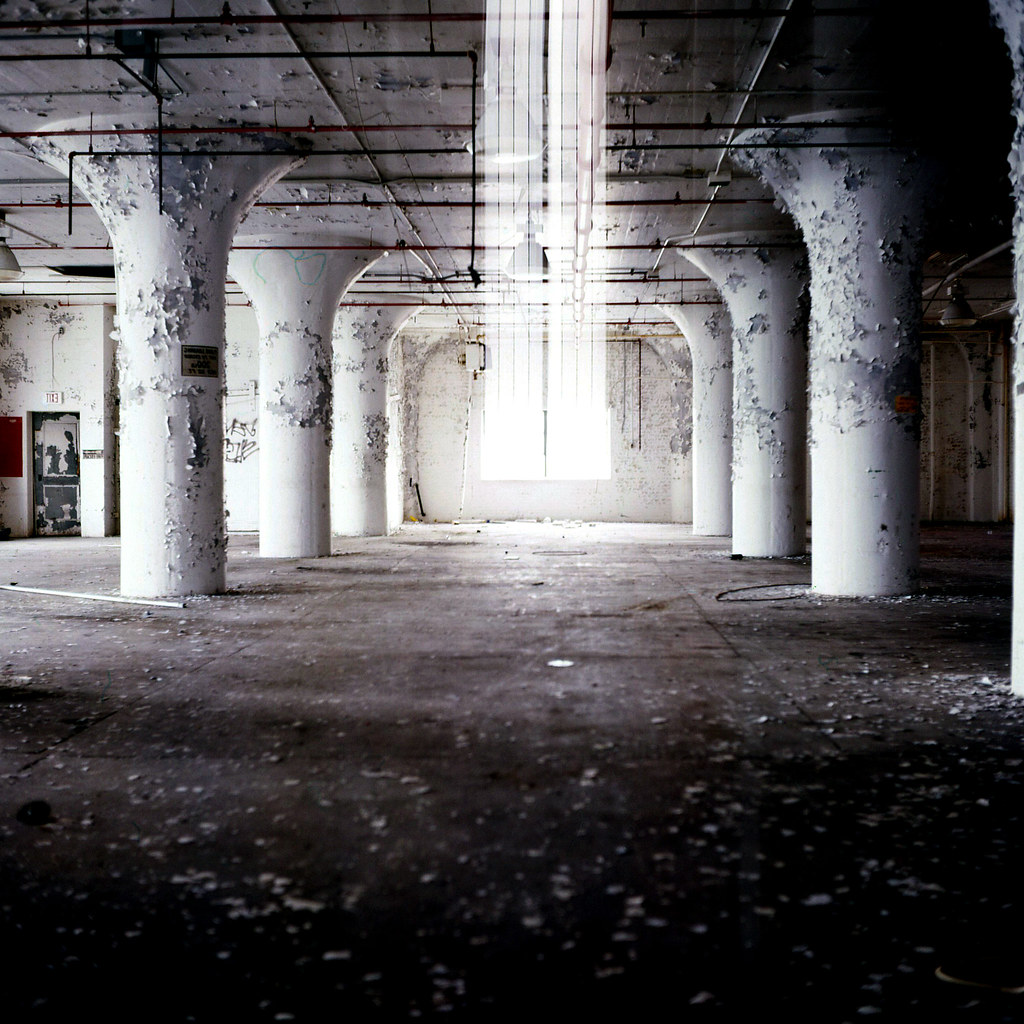
Impressions
At forty yards, you’re probably going to think that the camera is some form of Rolleiflex, which isn’t surprising how much the mid-century offerings from Franke & Heideckie influenced the Yashica TLRs. The 12 has a clean efficient design, allowing a person to jump quickly between different TLRs as only a few design options are available. The camera has a decent weight to it and was easy to get to know without any manual to help along the way (these were the days before sites had hundreds of PDFs of camera manuals). One of the most noticeable options on the 12 is the CdS metering cell next to the nameplate, and while it does use a mercury battery, the copy I secured still worked through the couple of years that I owned the camera. And what made it even more helpful is that the meter was both coupled and match-needle. The display is right in front of the viewing glass and hood. The twin controls were also easy to operate, and the aperture and shutter speeds displays were clean and easy to read. However, it turned out the camera needed a bit of service initially as it had a sticky shutter, a problem of cameras of its age. Thankfully the Copal-SV shutter is quickly and inexpensively serviced. It was my first experience with Roger at Camtech, who would serve the camera again along with my Rolleiflex. One of the nice additions is having a depth-of-field scale on the focusing knob, which certainly helped when I took the camera out exploring. The 12 worked well both handheld and on a tripod, although nothing stops you from advancing the film before the exposure has been completed, which produced some artistic results, as you can see with some of the images.
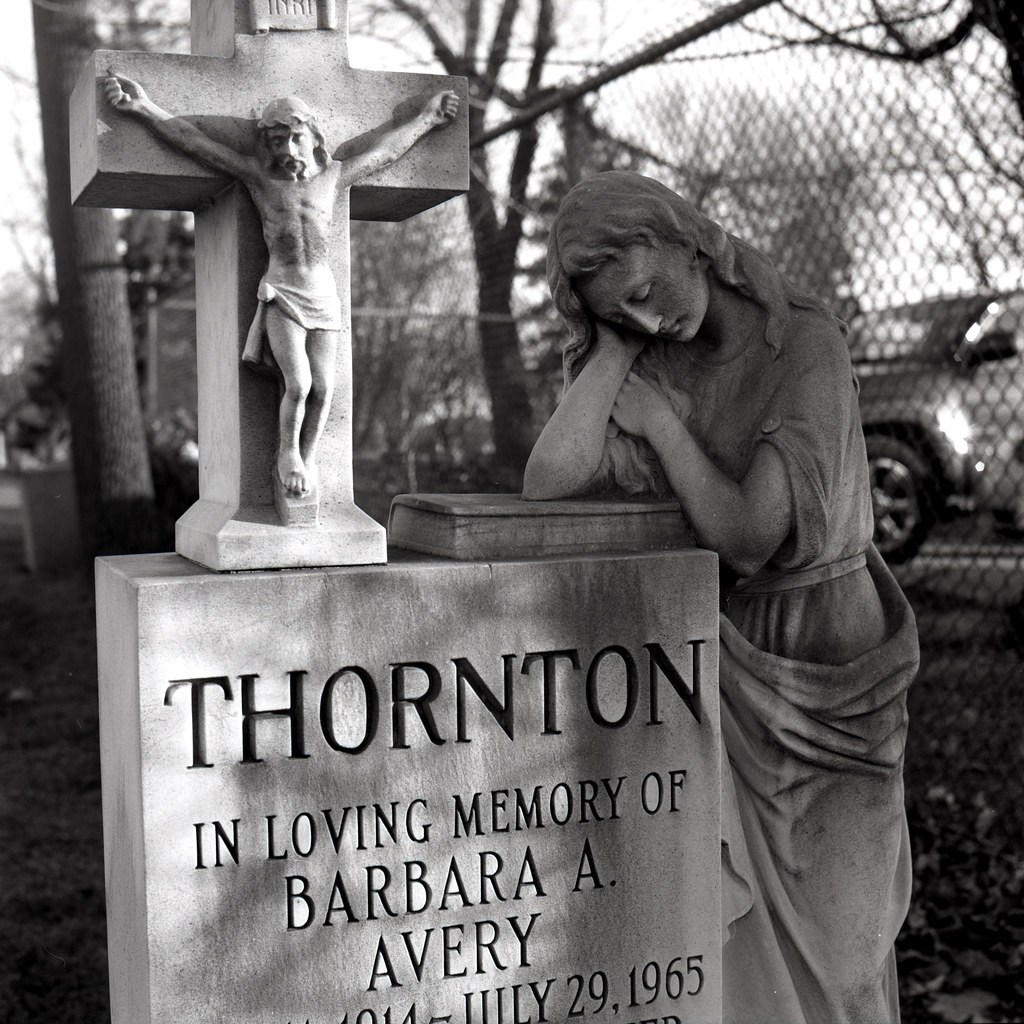



Experiences
I jumped to the Yashica-12 from a LOMO Lubitel 2, which are radical opposites and radical opposites when you look at the two cameras side-by-each. Where the Lubitel 2 is essentially an upgraded box camera, the Yashica-12 is a full-blown TLR with plenty of bells and whistles. If the Lubitel 2 got me into TLRs, the Yashica-12 solidified their place in my photographic world. The camera is a perfect starter TLR for someone wanting to get into the format but wants something with a little more quality behind it without breaking the bank with a Rolleiflex or Rolleicord. Loading the camera is straightforward; there’s no roller to slide the backing paper through; pull it up and over to your take-up spool, close the back and wind away. Ultimately, I had that issue when I first started using the Rolleiflex; I didn’t read the manual. The lightmeter is a simple match needle coupled directly with your exposure controls; it’s small but easily read on the top of the nameplate. Making it easy to glance at after making your composition. And because it’s a CdS cell, it doesn’t fade after time, the downside is that it takes a mercury cell, but you can get an adapter for the cameras. Or shoot with a regular silver oxide cell and make sure you have plenty of latitude on your films. But the camera is completely mechanical so you don’t even need to use the meter if you don’t like it, there is an accessory shoe to the one side, so mounting a Reveni Labs meter is a perfect option. One of the best additions is that the viewing lens is a full f/2.8, so if you have a clean focusing screen, everything is bright, making composition easy and focusing. There is a big loupe, so even fine focusing is easy. And I can even attest that a slightly dirty screen is easy to use in dull light. I took the Yashica-12 exploring an abandoned building, and I had no issues focusing and composing my shots. Once you’re in the groove, the camera is enjoyable, the film advance is automatic and the winder works, with forwarding, turns to advance than a backwards to cock the shutter. If your shutter lags, you’ll end up with some exciting results with prolonged exposure, as you see in this review. Once done, the film is easily unloaded and if you’re well practised can be completed quickly.




Optics
Don’t look down on this camera because the lens is only an f/3.5, there are plenty of excellent TLRs that only have an f/3.5 lens. And the Yashica optics are excellent, the gentleman I purchased the camera from often shot it next to his Rolleiflex at weddings. And I eventually learned about the quality of the Zeiss and Schneider optics and can honestly say that the Yashinon lens is superb. The Yashica-12 features a Yashinon 80mm f/3.5 lens, with four elements in three groups, and is based on the classic 1902 Tessar design by Paul Rudolph, which certainly solidifies the connection between the Yashica TLRs and Rollei TLRs. The lens produces excellent images and is sharp and nearly every aperture. The one thing I did notice is that the lens does not have much of a tendency to flare. It works well with black & white films but where the camera shines is with slide films. I often shoot Velvia and Provia with the camera, and the results are superb. The lens also produces excellent out-of-focus elements and performs without visible fall-off or vignetting. The lens takes all standard Bay-I accessories including filters and lens hoods.

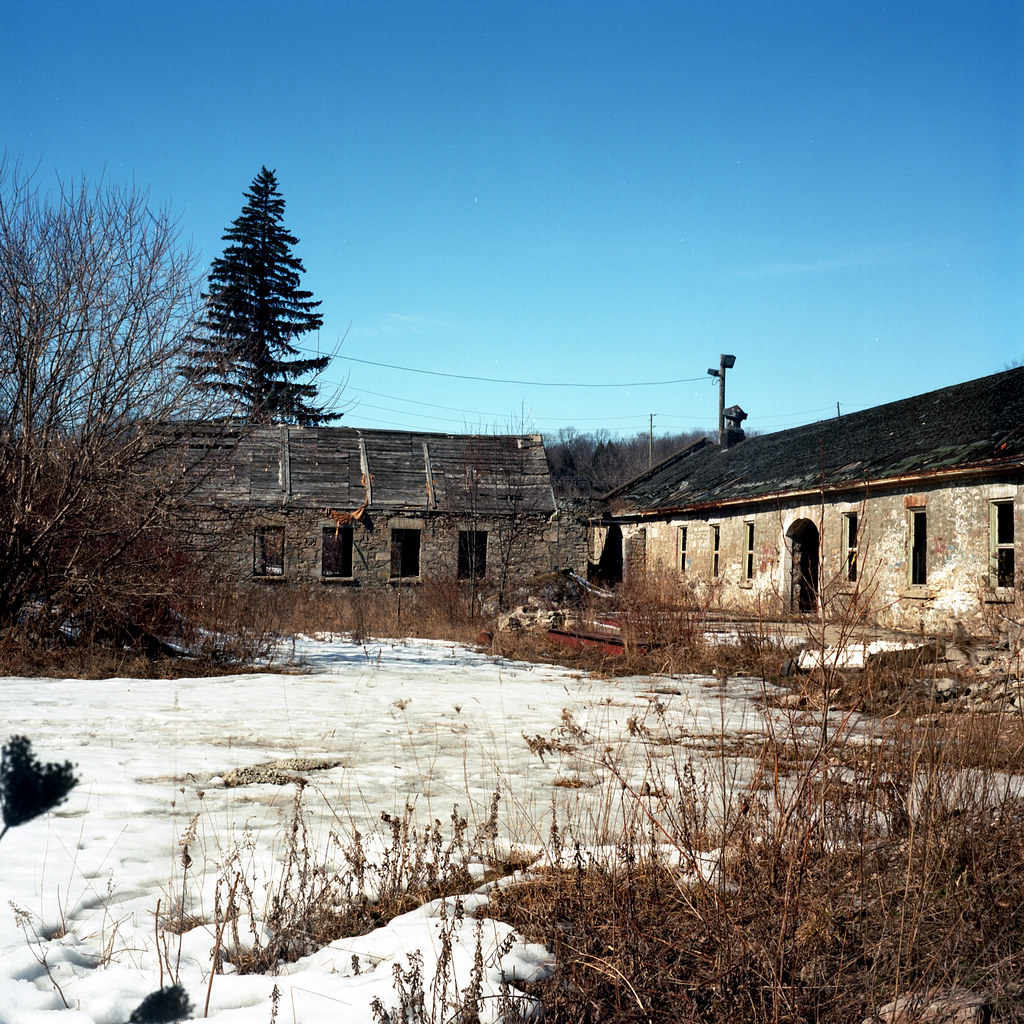
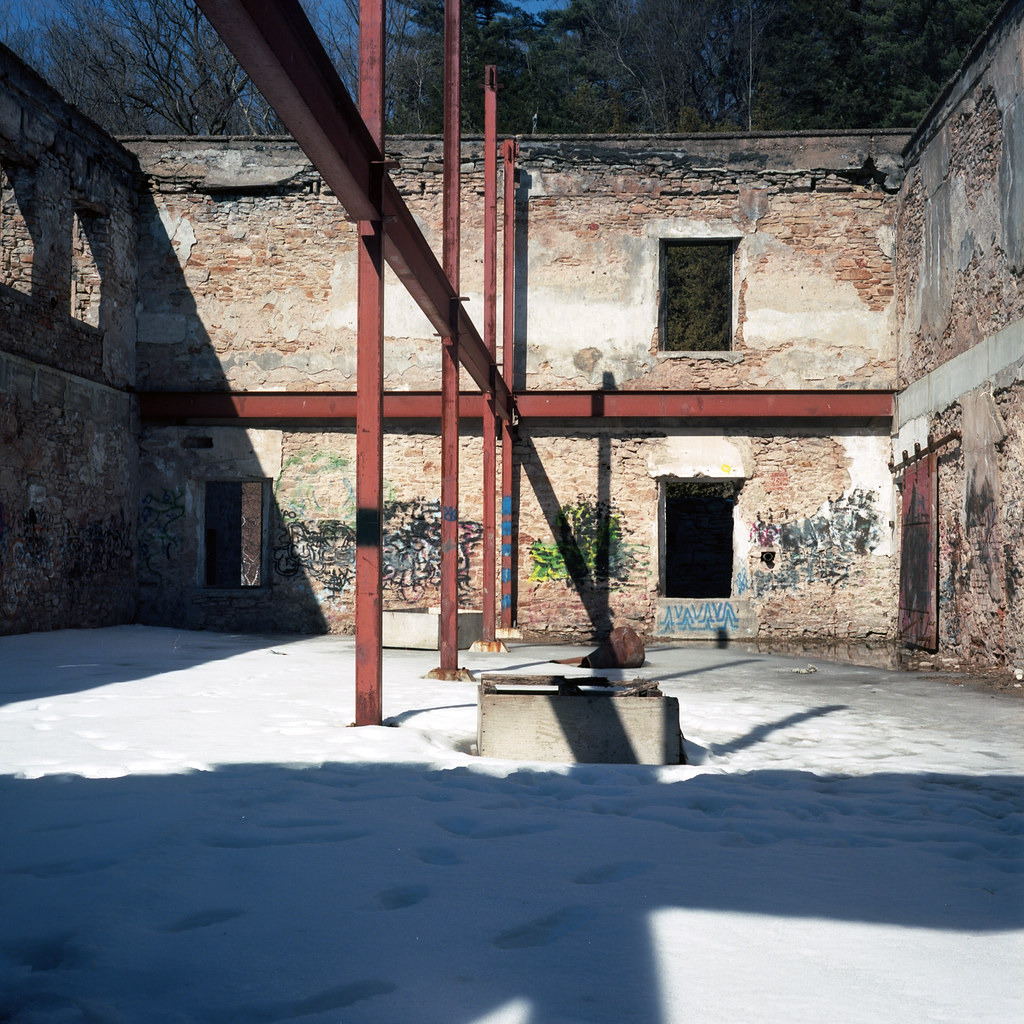
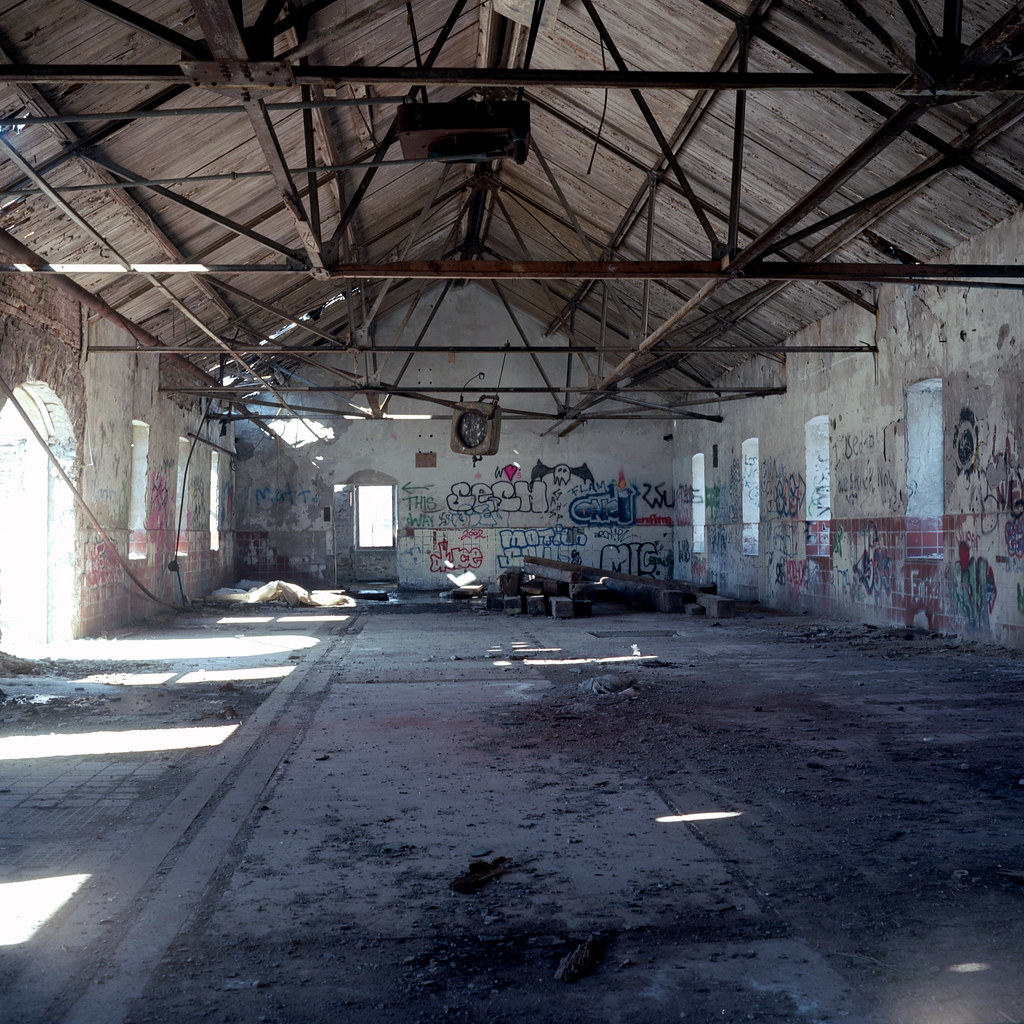
Lowdown
While most people will tend to go with the later multi-format models of the Yashica-124 or desirable Yashica-124G the Yashica-12 sits in an era when you had a choice between 120 and 220 films and needed a camera dedicated to each. One interesting thing is that the Yashica-12 is rare on the used market but if you can find them, they remain relatively affordable, with most averaging between 100-150$ in good working condition. However, the Yashica-124(G) will cost you a fair amount of money, with most going for the lowest 200$ for an as-is to upwards of 650$ for a pristine example. Even the simple Yashica A is running at 300$ and higher on the used market. While the Yashica-12 certainly is not a desirable camera model, it impacted my photography early on and is an excellent starter TLR for someone looking to step up from Soviet or simple TLR examples. And even though a mercury battery powers the meter, a modern cell at 1.5V will work well, and you shouldn’t need too much adjustment with current colour negative and B&W films that have plenty of latitudes. And while I certainly didn’t miss the 12 after selling it to a friend, I know they got plenty of use out of it before passing it along to the next person.
Further Reading
Don’t just take my word on the Yashica-12, you can check out the reviews by other awesome camera reviewers!
Down the Road – Yashica-12 Review
TLRgraphy – The Yashica 12
Geof-Crowl – Review: Yashica 12
TLR Film Camera – Yashica 12 Review
Frugal Photographer – Yashica TLR Cameras
